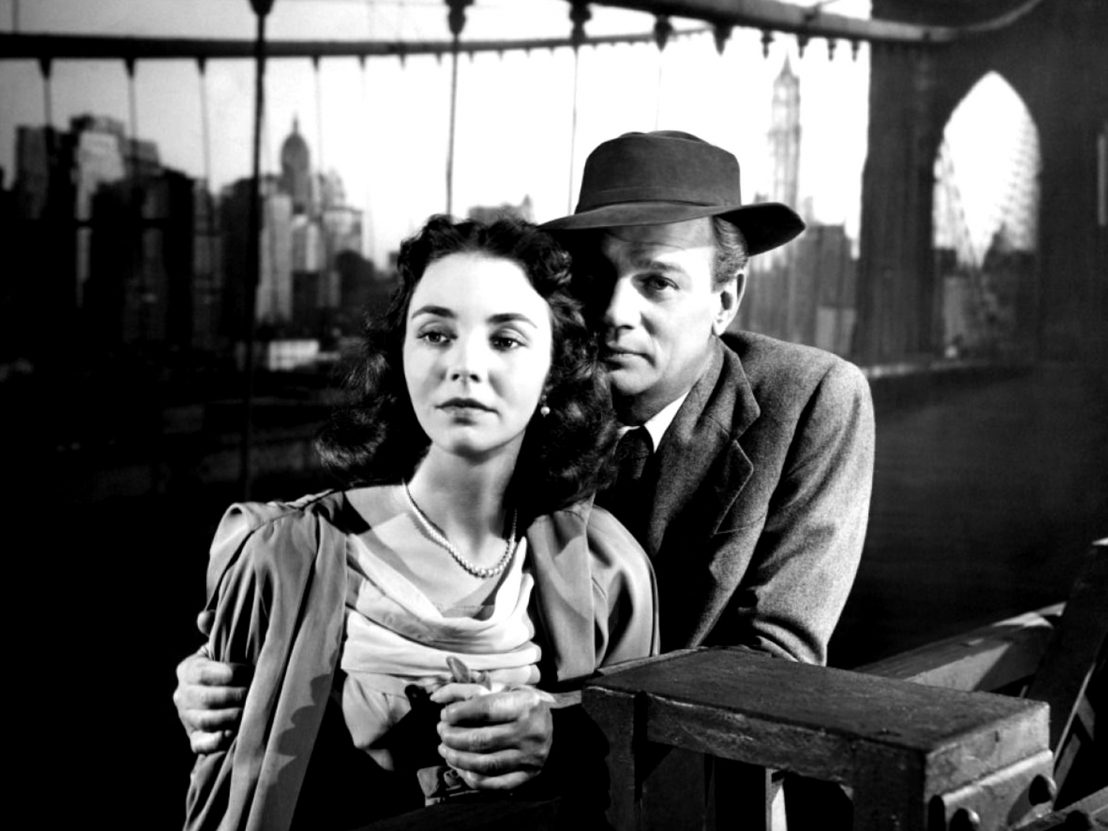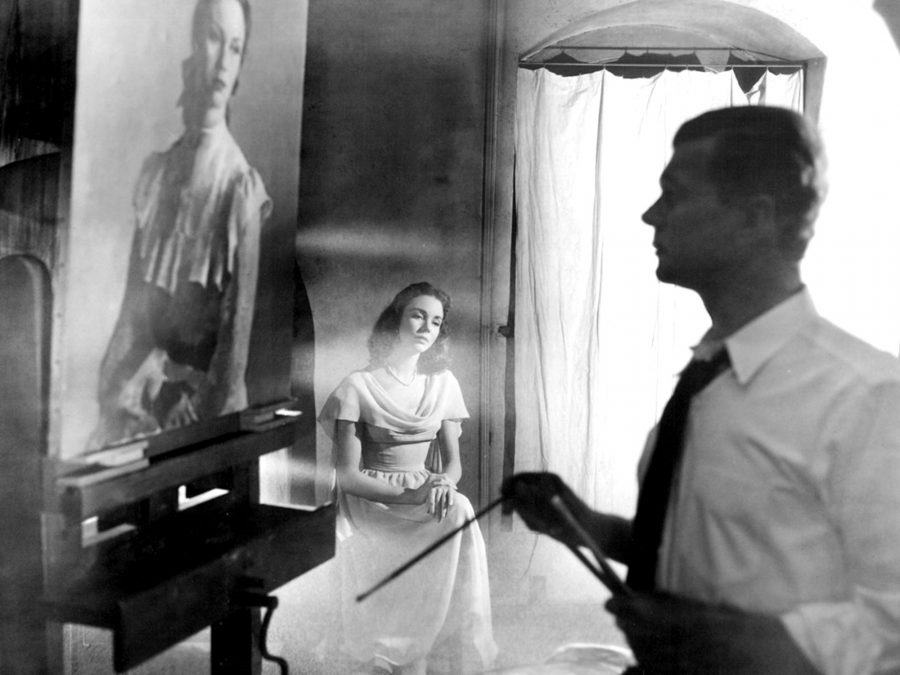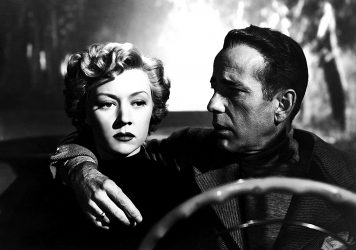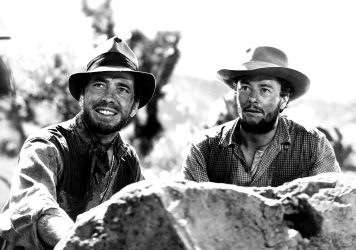
Portrait of Jennie ought to be a sad film, and in many ways it is; its story hinges on the tragic fate of a young woman destined to perish in a terrible storm at sea. The two lovers at its heart are kept apart by time, even as its strange distortions bring them together for transitory moments of bliss. Its quieter moments hint at loss, suffering, and the ache of isolation, all beautifully conveyed by its superb supporting cast.
Adapted from Robert Nathan’s 1940 novel of the same name, William Dieterle’s debut feature screened in New York City on Christmas Day, 1948, before receiving a general US release the following April. It failed at the box office on its initial run, despite a largely positive critical reception. A 1950 re-release, this time under the rather cynical title Tidal Wave, fared no better.
The film’s fraught production history saw original composer Bernard Herrmann replaced by Dimitri Tiomkin after one too many arguments with producer, David O Selznick. The death of cinematographer Joseph H August on set in 1947 was a crippling blow (his work was completed by an uncredited Lee Garmes). Ultimately, Portrait of Jennie’s grossly inflated budget and protracted shooting schedule finished Selznick’s career.
It’s not difficult to see why this strange and melancholic film didn’t find an audience on its initial release. Anyone expecting a straightforward melodrama is likely to be disappointed. Beneath the romantic trappings, Portrait of Jennie is a meditation on passion, fulfilment and the transformative power of art.

Landscape painter Eben Adams (Joseph Cotten) is scraping a living in the bitter winter of 1934 by hawking his uninspired canvases. He catches the eye of art dealer Miss Spinney (Ethel Barrymore), who’s struck less by the lifeless daubs than by the spirit of the young man responsible for them. With the right inspiration, she believes, Eben could yet be a name for the history books.
A chance encounter with Jennie Appleton (Jennifer Jones) sets his life on a very different path. The charming young girl prattles on about her parents and friends, confusing him with references to long-vanished New York landmarks. She soon disappears, leaving him baffled – but they’ll meet again. Every time they cross each other’s paths, she’s aged several years, finally reaching radiant womanhood.
The haunting song Jennie sings during their first encounter (Herrmann’s only remaining contribution to the film’s Debussy-heavy score) announces her mystery: ‘Where I come from nobody knows, and where I am going everything goes’. Eben’s research eventually leads him to the devastating realisation that the woman he’s come to love died years earlier in a terrible storm at sea. Desperate to save her, Eben retraces her final steps until destiny seems set to unite them both in a shared oblivion.
Jones – so often underrated and never better than here – is luminous as the unfortunate Jennie. Endearingly awkward in girlhood and beguiling as a grown woman, she’s every bit as complex as her artist swain. Jennie’s no idealised projection, but a vibrant, flesh-and-blood human, the incarnation of the lost and longed-for past that seems to haunt all those who surround Eben, represented most winningly by his Irish taxi-driver friend, Gus (David Wayne). Eben’s combination of sensitivity and repressed passion, rendered vivid by the irresistible Cotten, makes him just as appealing an object of desire as his ill-fated lover.
The key to this story, however, lies in the fact that its real protagonist is neither of its two apparent leads. It’s immediately after Eben’s introduction to Miss Spinney that he meets Jennie. When the two cross paths in Central Park, he turns to find Spinney behind him. At a pivotal moment in the drama, it is his older friend and patron who finds Jennie’s scarf, a talisman that Eben clings to as proof of his incredible tale. Barrymore’s exquisite performance both anchors the story and permits it to soar. Her unspoken love for Eben is all the more poignant because, as their witty, charged conversations make clear, it could have been requited.
New York City, blanketed in snow and peopled by many lost souls in the harsh winter, provides an unforgettable backdrop. Eerie green and sepia tones intrude on the black-and-white cinematography to dazzle and disorient at a crucial point, while a sudden, unexpected switch to Technicolour in the final scene is a stroke of genius. Eben, his place in the pantheon assured, is nowhere to be found at the film’s close. Instead, Miss Spinney, a different kind of genius, has the final word on the meaning of true art. Her audience – intriguingly, all girls – listen in wonder. In Portrait of Jennie’s closing moments, pain and loss melt away. All that’s left is love, captured forever on canvas.
Published 6 May 2019

By Adam Scovell
Nicholas Ray’s 1950 tale of male power, anger and violence is receiving a timely theatrical re-run.

Robert Redford and Jane Fonda play young newlyweds to uplifting effect in this lighthearted comedy.

By Sam May
John Huston’s tale of prospecting and paranoia has lost none of its potency.